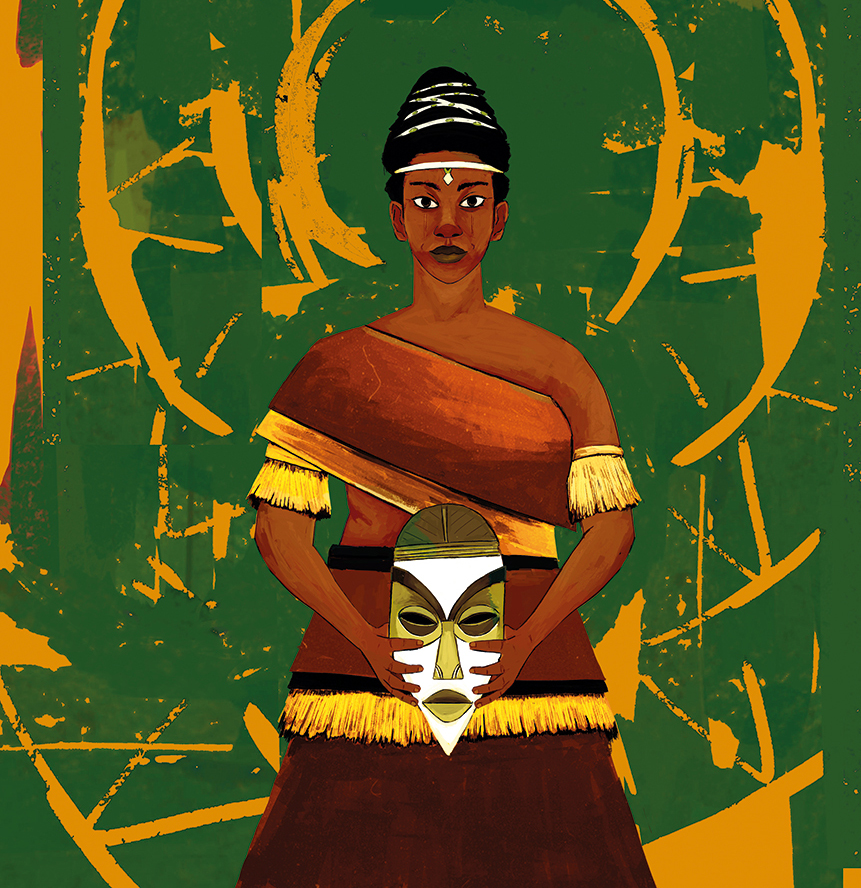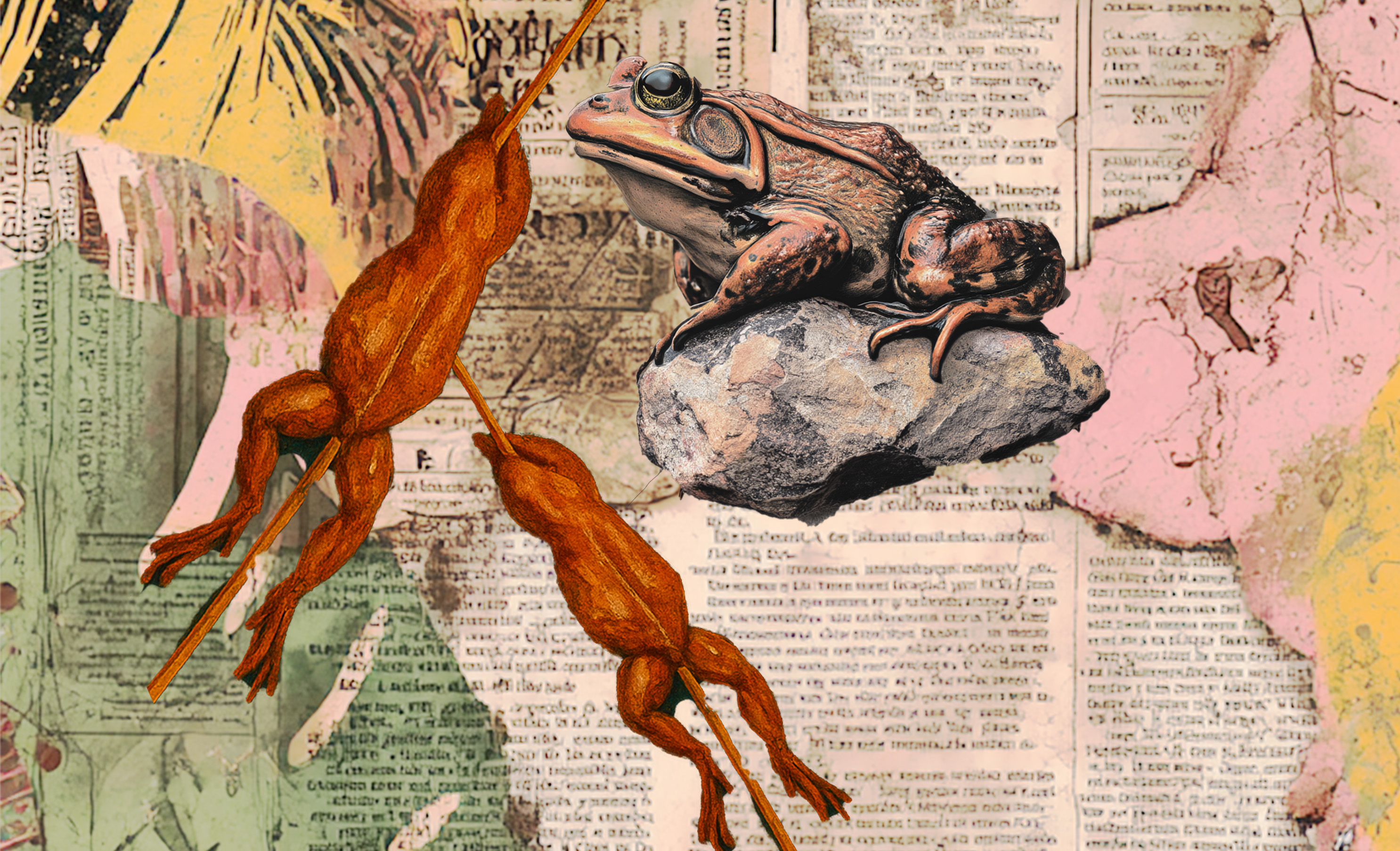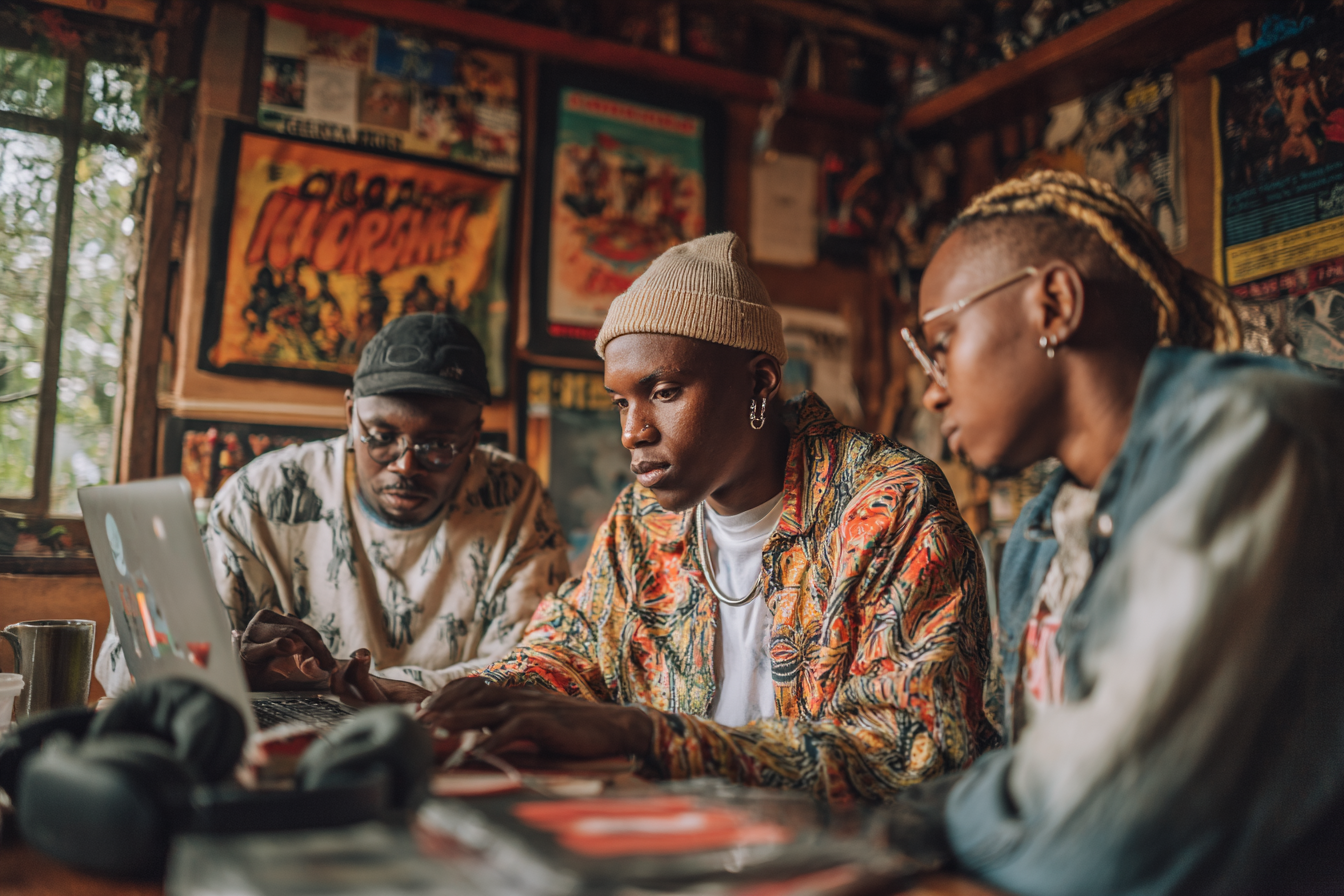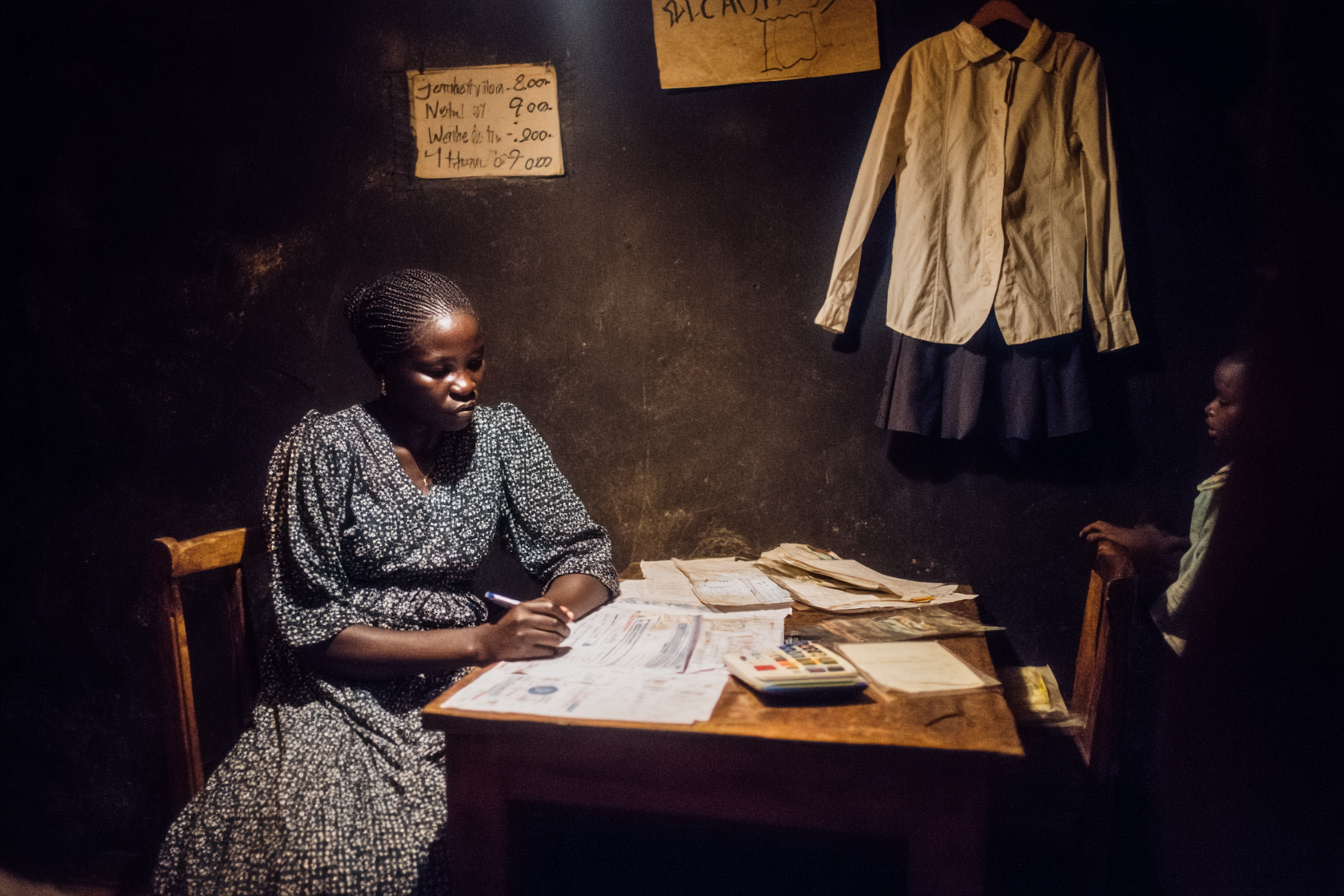Leading Ladies is a remarkable creative production pioneering the unlearning of history from what colonialism stole from Africa to imagining a future that glorifies the lion rather than the hunter. Leading Ladies is a multifaceted work of art depicting women who held significant leadership positions in 16th to 20th century, Africa.
“it is showing how you can restore a narrative and correct the knowledge asymmetry that has occurred as a result of our colonial history and the history of erasure by Western dominating political and social narratives,” says Samba Yonga, producer of the animated podcast. Leading Ladies, which recently concluded the fourth production season, is an intervention by the Women’s History Museum of Zambia. Founded by Samba Yonga and Mulenga Kapwepwe, the Women’s History Museum revives narratives of African history with a specific focus on women.
Going as far back as the 16th century, Leading Ladies effectively busts the misconception that women were incapable of being leaders. The podcast goes further to demonstrate that not only were women capable of being figureheads but that they were also very effective leaders who influenced the course of history and left a notable impact on the continent. Leading Ladies has documented 39 episodes with characters that include a scientist, a truck driver, a racial justice advocate, a justice seeker, a health care advocate and many more. In this article, we uncover five specific archetypes from the first season of Leading Ladies: The General, The Secretary of State, The Politician, The Feminist, and The Head of State. The following stories are merely a tip of the iceberg of the rich historical facts about indigenous African knowledge that remain shrouded in mystery and sometimes ignorance.

The General – Mwape
In the 19th century Muchinga Province, Mwape debunks the assumption that women had no military abilities or skills. Changwe Mwape II, daughter of Namukwanga Mwape I, was a remarkable woman of her time ruling the Ambo people of present-day Muchinga Province. Her chieftaincy comprised the middle Luangwa, the Chambira valley and further east. Evidently expansionist, Mwape extended her rule from Mulembo to Msanzara, fighting many wars and opposing invaders. Mwape notably opposed a Portuguese trader called Jose D’aranjo Lobo, also known as Matekenya. Matekenya dealt and traded in enslaved people, salt and ivory with the Chikunda. Mwape declared war on the Chikunda and every Ambo chief who supported them. Mwape raided other Portuguese traders to acquire guns and ammunition to gather weapons and artillery. She led many battles which extended her influence and imposed control on the trade routes in Ambo country. At the time of her death, Mwape reigned over Milambo, Mukusashi, and Lower Luangwa and controlled the Nyamadzi Valley.

The Secretary of State – Mukwae Matauka
In the 18th century Barotseland, there’s proof that women had already determined many decisions on State and Government. For instance, the Great Mukwae Matauka notably influenced the clear demarcation of the boundary between Zambia and Angola along the 38th parallel of Longitude. The assumption in our past is that women could not be trusted with affairs of the State. Litunga la Mboela, Mukwae Matauka in 1878 Nalolo of present-day Western province proves different. Mukwae Matauka was the sister to Litunga Lubosi (renamed Litunga Lewanika) and ruled the southern part of the Barotseland Kingdom headquartered in Nalolo. During her reign, the Portuguese from neighbouring Angola were infringing on her boundaries and collecting taxes and natural resources that belonged to her people. She decisively asserted her authority by writing to the Italian Government, which was in charge of delineating the continent after the Scramble for Africa of 1884. The result of her intervention is the current border partition between Angola and Zambia in the Western part of the country. The position of Litunga la Mboela maintains a dignity second only to the Litunga, the King of the Lozi people.

The Politician – Lueji wa Nkonde
Historically, women have been quite influential in the geopolitical landscape of the country. In the 17th century North Western province, Lueji wa Nkonde ruled the Luunda federation of Tubuungo in the 1650s. Lueji was the daughter of Mwata Ilya Mwaku, a descendant of Queen Kenga Naweji. Lueji came to be ruler after her father differed with his sons. Lueji was appointed ruler by being given the Lukano bracelet, a sign of authority over all the Luunda Tubuungo. Upon advice from the elders to ease the tension in the Kingdom caused by her brothers, Lueji married Chibinda Ilunga, the heir to the Mutombu Mukulu Mbilikuluwe of the Luba.
Contrary to his assurance of military and political support to stabilise the Kingdom, Chibinda was tyrannical and caused a great migration of various tribal groups. Lueji reclaimed the Lukano bracelet from Chibinda by taking him back to the place of their first meeting, where he was never seen again. Lueji continued to rule after Ilunga was deposed. The groups that left became present-day Luunda, Luchazi, Luena, Luvale, Chokwe, Ndembu, Mbwela, Samba, Mununga, and the Mbunda spread across North-Western and the Western Province of Zambia, including parts of Angola, the Democratic Republic of Congo and Namibia.

The Feminist – Chikuku
History holds that Chikuku dedicated her life to ensuring that the Soli’s political power remained vested in female hands. Chikuku is notably the grandmother of Nkomeshya I. In the 19th century, the Soli migrated from the north, led by a woman called Chisanka, who later handed over power to Chikuku, her granddaughter. She ruled over the people of present-day Lusaka province at Bwinjimfumu. Chikuku married Mukuni of the Lenje and bore Vimbe I, who ruled briefly before his death. After the death of Vimbe I, the successor was Chikuku’s daughter, Chinyama. During Chinyama’s reign, the Soli were defeated by the Chikunda after five years of continuous invasions. Chikuku remarried the younger brother of Chief Muyobe and bore another son Vimbe II who later succeeded Chinyama. However, Chikuku’s other daughter, Chintala, organised an uprising against Vimbe II and took over leadership after assassinating her brother. When Chintala died, her sister Kayoshya’s firstborn took over and became Nkomeshya I. By 1889, Mukandamamba Nkomeshya was the only leader and chieftainess acknowledged by all the branches of Soli. Since then, all Soli leaders have been women.

The Head of State – BeDyango
Around the 18th century, BeDyango was the original ruler of the Kingdom where present-day Livingstone is situated. BeDyango ruled the Leya people of Southern Province and was known as the matriarch of the mystical Mosi-oa-Tunya or Shungu Namutitima, also known as Victoria Falls. During her reign, the Leya were invaded by the Toka of Chief Mukuni. BeDyango negotiated and brokered a peace deal which convinced the invading Chief Mukuni that they should be co-rulers. Through her peace treaty, the Leya were guaranteed various rights and powers to their land and maintained most political decisions regarding leadership. BeDyango co-ruled with Chief Mukuni and led certain rituals that continued to signify and ensure her power in the Toka-Leya political relationship. Her peace treaty still stands today and is demonstrated by how every Toka-Leya village is co-ruled by a man and a woman.
The three-year-old animated podcast commenced with initial support from Hivos and eventually secured a spot in the Google Podcast Creator Program in 2020. According to Samba Yonga, “Leading Ladies has been especially successful with the younger generation who are into the empowerment narrative and women’s power. It fits in very well into that narrative. “There’s been a gap in knowledge and indigenous knowledge around women’s history and how they have impacted Zambian history and African history,” Samba shares. “There’s space for more stories, the stories are endless, and we are excited about that!”
Images by Black Rose The Artist








